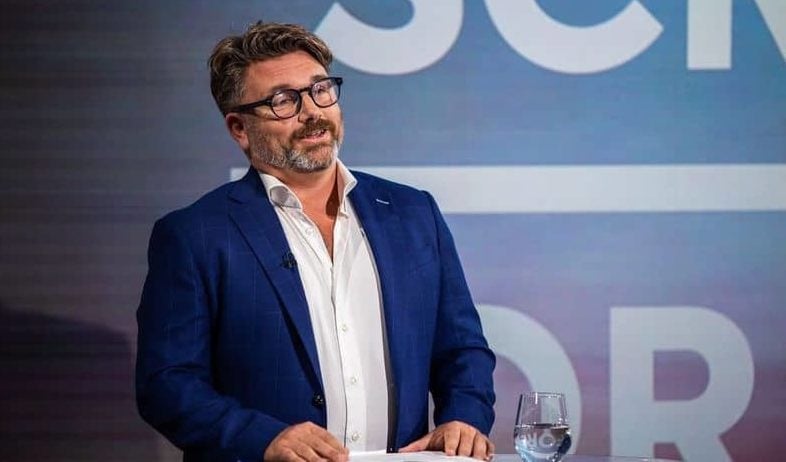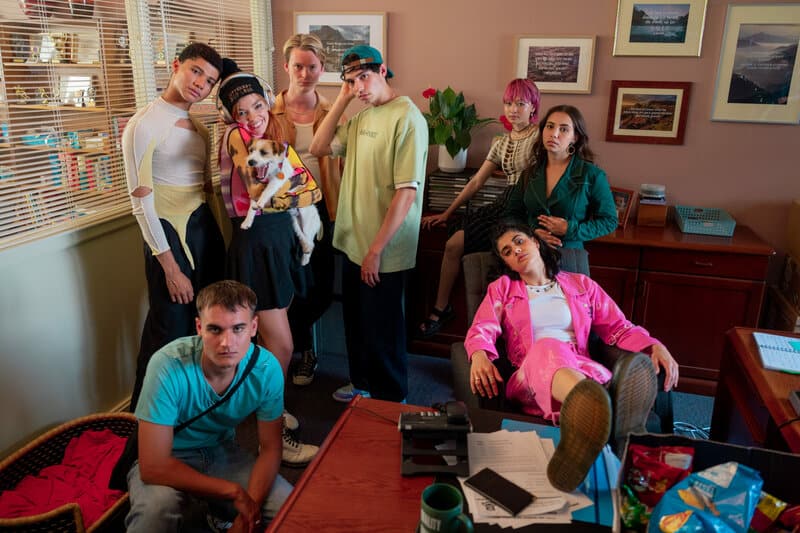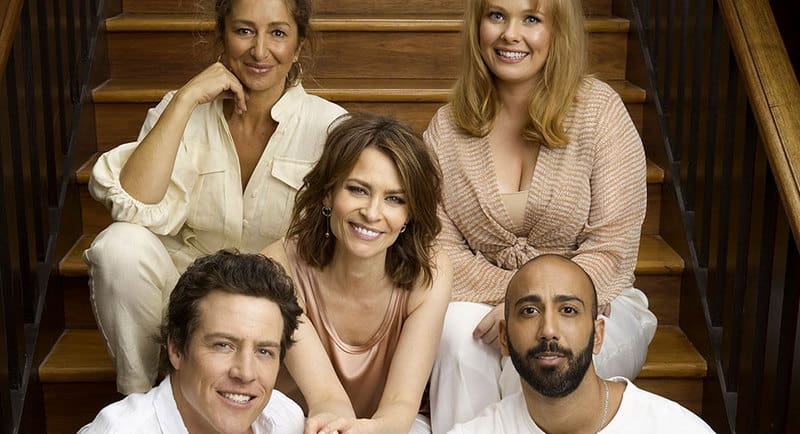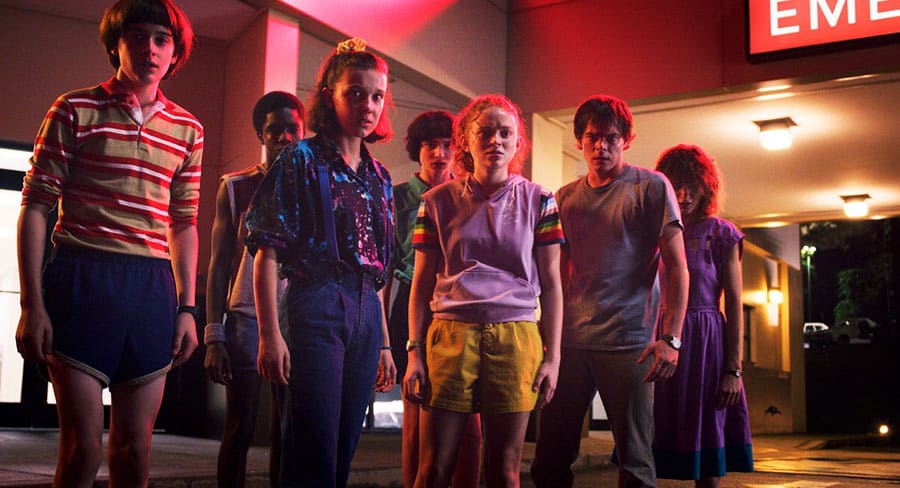Reports in the media and marketing industry are a dime a dozen – so often spruiking the benefits or unique capabilities of the very thing a company happens to offer.
Every now and then though, one comes along which causes such concern and consternation – and such a large-scale reaction – that you’d be forgiven for thinking we aren’t just in the business of writing reports and counter reports, questioning the original report and offering a different report.
(Think the war of words, facts and fiction which erupted back in 2019 around Facebook and PwC’s ‘My Screen’ report which was released, and then pulled after persistent questions over its methodology. This spawned think pieces, defences, attacks, blame games and – eventually – a re-issued report).
Well, it’s that time again. But in September 2022 it’s about the release of the ‘Streaming for Australia’ report, an attempt by the grouping of Stan, Netflix, Amazon Prime Video, Disney+ and Paramount+ to tell the story of how they are making a meaningful cultural and economic contribution to Australia’s creative economy.

Under the Banner of Heaven (Disney+)
It seems like a nice story to tell, but in reality, they are pre-emptively coming out swinging against any attempt to regulate their content output (think content quotas).
The crux of their argument? That “regulatory intervention by government only makes sense when there is a problem to solve.”
Boil it down, and it’s “nothing to see here, folks,” according to the streaming giants (my words, not theirs).
Despite the seeming simplicity of the argument, the streamers find multiple ways to spell this out, in case you’re not getting it.
They contend that market forces are already delivering market investment. There is demand, and they are giving consumers adequate and increasing supply, they say.
They warn that regulation risks distorting the sector and could cause “unintended consequences”.
This particular phrase, written at multiple points throughout the report’s 20-plus pages, caught the ire of industry body Screen Producers Australia (SPA) – and we all know how much an industry body loves to weigh in on a disputed report and defend its constituents.
Indeed SPA released its own document the ‘Facts and Myths Document’, and CEO Matthew Deaner leant heavily on the ‘facts’.

Matthew Deaner
“It is important to have the facts in this debate and not be frightened of the mysterious ‘unintended consequences’ to any legal shifts,” he said.
“The fact is, this regulation is well overdue.”
Deaner also took issue with the streaming giants’ alleged lack of transparency on their numbers.
The original ‘Streaming for Australia’ report from the streamers did actually offer up some numbers, but there was a trend towards using different metrics.
In the report, Stan is praised for commissioning local productions with budgets totalling more than $370 million since its launch in January 2015. Amazon’s Prime Video, however, gets the nod for making 14 original series since 2019, while the other platforms list off various investments, commissions and announcements.
It doesn’t make for consistent comparisons.
SPA also takes issue with some of the numbers put forward, contending that a lot of the streamers’ local budgets are not taken up with creating new content reflective of today’s cultural landscape. Instead, they are actually tied up in expensive deals to acquire old catalogue titles from studios.
But while SPA may be cynical about the platforms’ investment in old hits – made before we’d even dreamed of the streaming wars – the streamers insist they’re not just trotting out any old rubbish. Instead, they’re recycling it and, as they say, “breathing life into it”, giving producers an additional revenue stream and introducing a new generation of Australians to some of our favourite stories.

Heartbreak High (Netflix)
The streamers also contend their (at this stage, voluntary) participation in the local content market has markedly lifted the country’s production standards and output.
“The investments made by Stan have translated into some of the highest production values seen in Australian television and the productions have attracted significant investment in the local sector from some of the world’s biggest platforms and distributors,” the report said.
And it’s not just the screen production body hitting out at the streaming giants. The swings are coming right back in another direction.
The streamers’ target? Free-to-air (FTA) broadcasters.
The steamers argue that FTA broadcasters owe more to the people they serve and the governments they answer to because they have the privilege of access to the “highly valuable spectrum,” which takes them into most homes across the country. Streamers, by contrast, are opt in and – they would argue – are not taking up the same valuable real estate and public infrastructure.
The streamers say they aren’t ‘broad’ casters and shouldn’t be treated as such.
Even more voices entered the debate on Tuesday afternoon, when the ‘Make It Australian’ campaign collective had their say.
Make It Australian includes SPA, the Australian Directors Guild, the Australian Writers’ Guild, and the Media, Entertainment and Arts Alliance (MEAA).
The collective argued there were discrepancies and uncertainties around how the numbers being offered by the streamers stack up. Plus there are semantics around the meaning of “spending” versus “investment”, for example, as well as questions about what phrases such as “other genres” actually mean.

RuPaul’s Drag Race Down Under (Stan)
Alaric McAusland, the Australian Directors Guild executive director, summed it up thus: “Conflated numbers and vague categories don’t provide a strong grounding for data to shape policy decisions, and this appears to be a loose attempt to hinder the momentum of much-needed and long-called-for regulation.”
So, the fight is well and truly on, with voices and arguments and counter-arguments coming from all corners.
As the industry converges though, who is fighting who, and for what, becomes even further muddied.
It’s not as simple as the ‘little’ local television outfits versus big, bad multinational streamers.
Network 10 is owned by Paramount, the international content behemoth which also offers paid streaming service Paramount+. The Nine Network sits within the same company as Stan, which was previously a joint venture with the now-defunct Fairfax (which was gobbled up by Nine). Even Foxtel, traditionally the poster child for a television company hampered by clunky infrastructure and its hefty physical requirements, now has solid and slick streaming services in Binge and Kayo (notably, however, Binge and Kayo aren’t signatories of the ‘Streaming for Australia’ report).
There is increasing collaboration, co-productions and co-commissions between the FTAs, the streamers, local production companies and international giants.

Five Bedrooms (Paramount+)
So when the streamers say: “Any intervention into this new and thriving sector risks disrupting successful co-production arrangements, introducing competitive disadvantages and inequities in the market, and encouraging a focus on ‘quantity over quality’” – is it a thinly-veiled threat, or a harsh economic reality? SPA’s Deaner, however, had some harsh economic realities of his own.
He argued that it’s only fair to the Australian people and the local industry that the streamers are subjected to a minimum investment obligation, particularly because the companies take advantage of significant and generous tax rebates and incentives, and use the country’s studios, NBN, talent and expertise.
“Without minimum regulation, these stories would be at the whim of global businesses and not a reflection of our own cultural needs and priorities,” he added.
“The vital regulation would also provide some certainty to a vulnerable, important, and high-risk Australian industry.”
So with so many facts, fictions, myths, mysteries, economics (and egos), whose side are you on?
If you’re not yet sure where you sit, I’m certain this particular war of words has some way to go yet.
